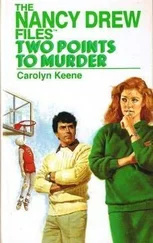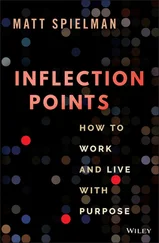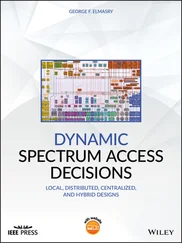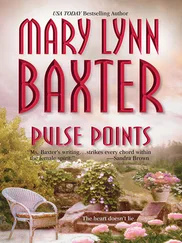Colin pushed for the UN resolution. “If we take the case to the UN, we can get allies to join. If not, it will be hard to act unilaterally. We won’t have the international support we need to execute the military plan.”
After listening to the options one last time, I made a decision: We would seek a resolution. “There’s ambiguity in the international community’s view of Saddam,” I said, “and we need to clear it up. Either he will come clean about his weapons, or there will be war.”
I told the team I would deliver that message in a speech to the United Nations the following week. I would remind the UN that Saddam’s defiance was a threat to the credibility of the institution. Either the words of the Security Council would be enforced, or the UN would exist only as a useless international body like the League of Nations.
Tony Blair came to dinner that night at Camp David. He was pleased when I told him I was planning to ask the UN for the resolution. “Many opponents wish we would just be unilateral—then they could complain,” he said. “But you are calling their bluff.”
We both understood what the decision meant. Once we laid out our position at the UN, we had to be willing to follow through with the consequences. If diplomacy failed, there would be only one option left. “I don’t want to go to war,” I told Tony, “but I will do it.”
Tony agreed. After the meeting, I told Alastair Campbell, one of Tony’s top aides, “Your man has got cojones .” I’m not sure how that translated to the refined ears of 10 Downing Street. But to anyone from Texas, its meaning was clear.

“All the world now faces a test,” I told UN delegates on September 12, 2002, “and the United Nations a difficult and defining moment. Are Security Council resolutions to be honored and enforced, or cast aside without consequence? Will the United Nations serve the purpose of its founding, or will it be irrelevant?”
Delivering the speech was a surreal experience. The delegates sat silent, almost frozen in place. It was like speaking to a wax museum.
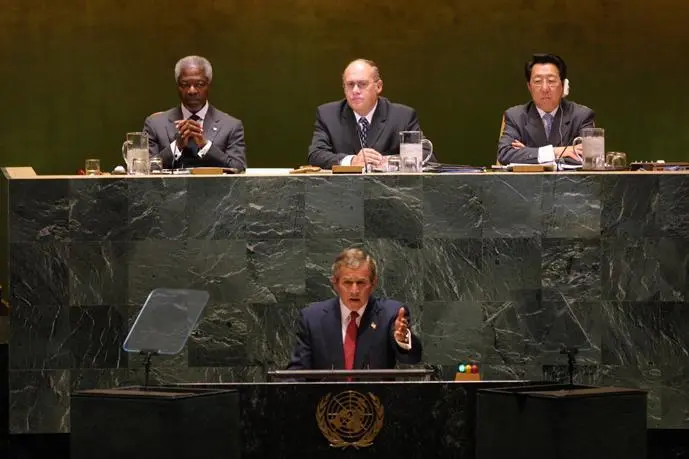
Speaking before the UN on Iraq. White House/Paul Morse
The response outside the chamber was encouraging. Allies thanked me for respecting the UN and accepting their advice to seek a resolution. Many at home appreciated that I had challenged the UN. An editorial in the Washington Post read: “If the United Nations remains passive in the face of this long-standing and flagrant violation of its authority in a matter involving weapons of mass destruction, it certainly will risk the irrelevance of which Mr. Bush warned.”

While the UN debate unfolded, we went to work on another resolution, a congressional war authorization. As part of the debate, leaders on Capitol Hill asked the intelligence community to prepare a National Intelligence Estimate analyzing Saddam’s WMD programs. The CIA compiled the NIE using much of the same intelligence it had been showing to me for the past eighteen months. In a summary sentence later declassified, the NIE concluded, “Baghdad has chemical and biological weapons as well as missiles with ranges in excess of UN restrictions; if left unchecked, it probably will have a nuclear weapon during this decade.”
The intelligence had an impact on members of Congress. Senator John Kerry said, “When I vote to give the president of the United States the authority to use force, if necessary, to disarm Saddam Hussein, it is because I believe that a deadly arsenal of weapons of mass destruction in his hands is a threat, and a grave threat.”
Senator Jay Rockefeller, a respected Democrat on the Intelligence Committee, followed up: “Saddam’s existing biological and chemical weapons capabilities pose real threats to America today, tomorrow. … He could make these weapons available to many terrorist groups, third parties, which have contact with his government. Those groups, in turn, could bring those weapons into the United States and unleash a devastating attack against our citizens. I fear that greatly.”
Senator Chuck Hagel, a Nebraska Republican, supported the resolution. He said, “The risks of inaction are too high. We are elected to solve problems, not just debate them. The time has come to chart a new course in Iraq and in the Middle East.”
On October 11, 2002, the Senate passed the resolution 77 to 23. The House passed it 296 to 133. Both margins were larger than those of the votes for the Gulf War. The resolution garnered votes from prominent Democrats, including House Minority Leader Dick Gephardt, Senate Majority Leader Tom Daschle, and Senators Hillary Clinton, Joe Biden, John Kerry, John Edwards, and Harry Reid.
Some members of Congress would later claim they were not voting to authorize war but only to continue diplomacy. They must not have read the resolution. Its language was unmistakable: “The President is authorized to use the Armed Forces of the United States as he determines to be necessary and appropriate in order to defend the national security of the United States against the continuing threat posed by Iraq; and enforce all relevant United Nations Security Council resolutions regarding Iraq.”

The decisive vote at the UN came on November 8. Colin had been horse-trading on minor issues, but he stayed tough on the provisions holding Saddam to account. The question was whether the resolution would have the votes. We needed nine of the fifteen Security Council members, without a veto from France, Russia, or China. We had been burning up the phone lines, trying to get everyone on board. Shortly after the Security Council vote, the phone in the Oval Office rang. “Hey, Boss,” Colin said. “We got it done.”
The vote was unanimous, 15 to 0. Not only had France voted for the resolution, but so had Russia, China, and Syria. The world was now on record: Saddam had a “final opportunity to comply” with his obligation to disclose and disarm. If he did not, he would face “serious consequences.”
Under the terms of UN Security Council Resolution 1441, Iraq had thirty days to submit a “currently accurate, full, and complete declaration” of all WMD-related programs. The resolution made clear the burden of proof rested with Saddam. The inspectors did not have to prove that he had weapons. He had to prove that he did not.
When the deadline arrived on December 7, Saddam submitted his report. I viewed it as a key test. If he came forward with honest admissions, it would send a signal that he understood the message the world was sending. Instead, he submitted reams of irrelevant paperwork clearly designed to deceive. Hans Blix, the mild-mannered Swedish diplomat who led the UN inspections team, later called it “rich in volume but poor in information.” Joe Lieberman was more succinct. He said the declaration was a “twelve-thousand-page, one-hundred-pound lie.”
If Saddam continued his pattern of deception, the only way to keep the pressure on Iraq would be to present some of the evidence ourselves. I asked George Tenet and his capable deputy, John McLaughlin, to brief me on what intelligence we could declassify to explain Iraq’s WMD programs.
A few days before Christmas, John walked me through their first effort. It was not very convincing. I thought back to CIA briefings I had received, the NIE that concluded Saddam had biological and chemical weapons, and the data the CIA had provided for my UN speech in September. “Surely we can do a better job of explaining the evidence against Saddam,” I said. George Tenet agreed.
Читать дальше






